Home>Garden Essentials>What To Plant For Ground Cover Under Trees
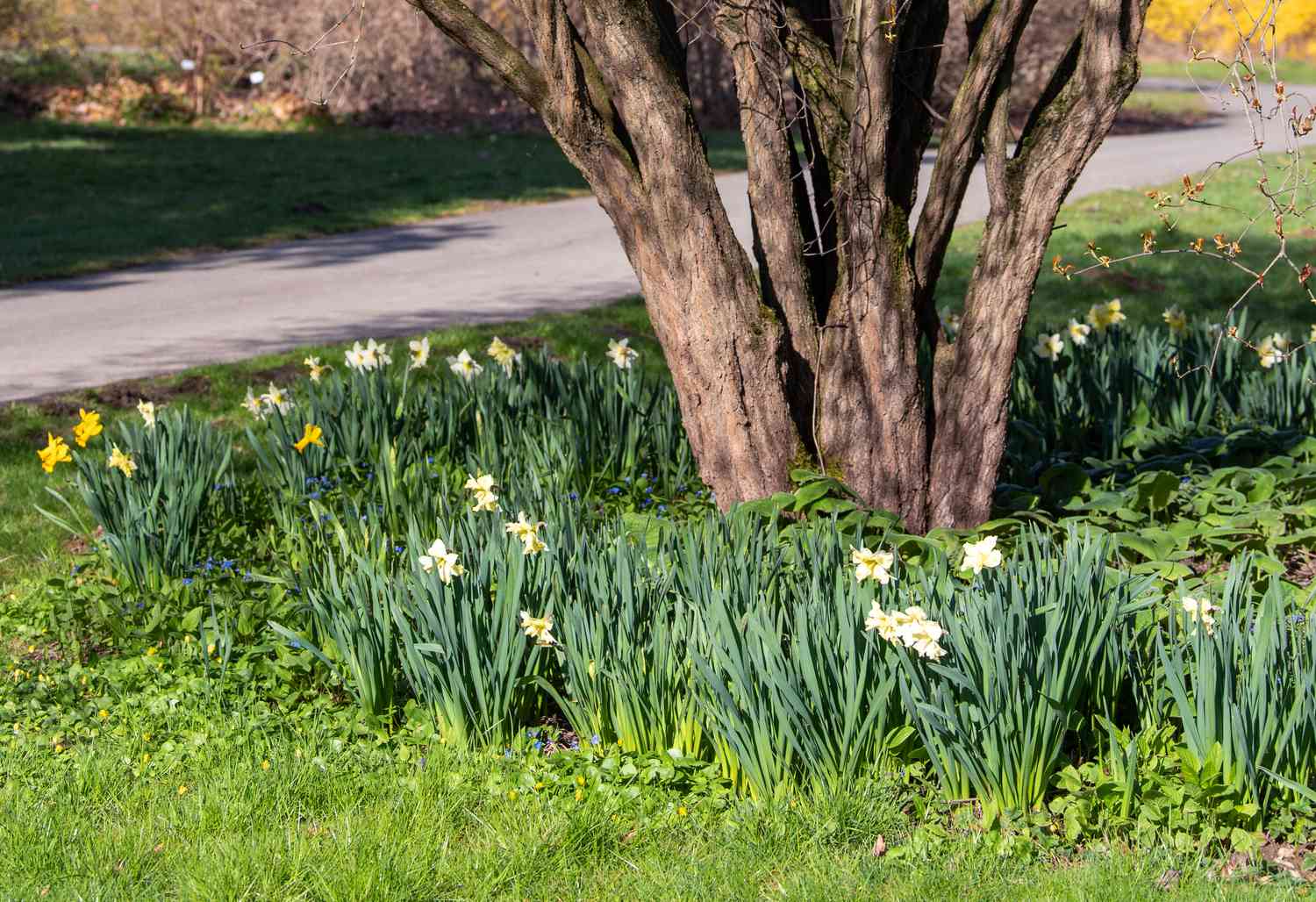

Garden Essentials
What To Plant For Ground Cover Under Trees
Modified: October 21, 2024
Discover the best garden ground cover options for planting under trees. Enhance your garden and fill those shady spots with beautiful, low-maintenance plants.
(Many of the links in this article redirect to a specific reviewed product. Your purchase of these products through affiliate links helps to generate commission for Storables.com, at no extra cost. Learn more)
Introduction
When it comes to landscaping and gardening, finding the perfect ground cover under trees can be a challenge. The shaded areas beneath trees often pose difficulties for traditional plantings, as they tend to be damp, nutrient-deprived, and have limited sunlight. However, with some careful consideration and the right selection of plants, you can create a lush and attractive ground cover that thrives in the shade.
Planting ground cover under trees serves multiple purposes. First and foremost, it helps to suppress weeds, which can be a constant nuisance in these areas. By covering the soil with dense and low-growing plants, you prevent sunlight from reaching the weed seeds, inhibiting their germination and growth. Additionally, ground cover helps to retain moisture in the soil, reducing the need for frequent watering.
Another benefit of ground cover under trees is the aesthetic appeal it adds to your garden. With a variety of plants to choose from, you can create a beautiful and cohesive look that complements the surrounding landscape. By selecting plants with different leaf shapes, textures, and colors, you can add depth and visual interest to the shaded areas of your garden.
Before you choose the ground cover for your shaded areas, there are a few factors that you need to consider. Firstly, take note of the type of shade present. Some trees provide dappled shade, which means there are patches of sunlight that filter through the branches. Others create dense shade, where sunlight is almost completely blocked. Understanding the type of shade will help you choose the right plants that can thrive in those conditions.
Secondly, consider the pH of the soil in the shaded areas. Many trees, such as oak and pine trees, can create acidic soil conditions. It is important to select plants that can tolerate or even thrive in acidic soil. This will ensure that your ground cover can thrive and remain healthy under the trees.
Lastly, assess the moisture levels in the shaded areas. Some trees have shallow root systems that draw up all the moisture from the soil, making it dry and arid. Other trees create damp conditions by preventing rainwater from reaching the ground. Understanding the moisture levels will help you choose plants that can adapt to and thrive in those specific conditions.
Now that you understand the benefits of planting ground cover under trees and the factors to consider, let’s explore some of the best ground cover options that will thrive in shaded areas.
Key Takeaways:
- Transform shaded areas under trees with vibrant ground cover like Hostas, Vinca Minor, and Pachysandra. Enjoy low-maintenance beauty and functionality while suppressing weeds and enhancing your garden’s appeal.
- Create an enchanting garden with fragrant options like Sweet Woodruff and Lily of the Valley. These shade-tolerant ground covers add elegance and allure to your outdoor sanctuary.
Read more: What Ground Cover Grows Under Pine Trees
Benefits of Ground Cover Under Trees
Planting ground cover under trees offers numerous benefits for both the aesthetics and the health of your garden. Here are some of the key benefits:
- Weed Suppression: One of the primary advantages of ground cover is its ability to suppress weeds. The dense foliage of ground cover plants helps to smother and prevent weed growth in the shaded areas under trees. This saves you time and effort spent on pulling out weeds.
- Soil Protection: Ground cover acts as a natural protective layer for the soil. It helps to prevent erosion caused by heavy rainfall and strong winds. By covering the soil, ground cover also helps to retain moisture levels, preventing the soil from drying out quickly.
- Moisture Retention: The dense foliage of ground cover acts as a shield, reducing evaporation and retaining moisture in the soil. This means less watering is required, which is especially beneficial in areas where water resources are limited or during dry spells.
- Temperature Regulation: Ground cover provides insulation, regulating soil temperature. It helps to keep the soil cooler in hot summer months and warmer during periods of cold weather. This temperature moderation benefits not only the ground cover plants themselves but also the trees and other plantings nearby.
- Enhanced Aesthetics: Ground cover under trees adds beauty and visual appeal to the shaded areas of your garden. With a variety of plants to choose from, you can create an attractive and cohesive look that complements the overall landscape. The different leaf shapes, textures, and colors create depth and interest in the predominantly shaded areas.
- Wildlife Habitat: Ground cover serves as a haven for various wildlife, including insects, birds, and small mammals. The dense foliage provides shelter, nesting spots, and food sources for these creatures, contributing to biodiversity in your garden.
By planting ground cover under trees, you can enjoy all these benefits while minimizing maintenance and maximizing the health and beauty of your garden. Now that we have explored the advantages, let’s delve into the factors you need to consider before choosing the right ground cover for your shaded areas.
Factors to Consider Before Choosing Ground Cover
Before selecting the ground cover for the shaded areas under trees, there are several factors that you should take into consideration. These factors will help you choose the right plants that can thrive in the specific conditions of your garden. Here are the key factors to keep in mind:
- Type of Shade: Different trees cast different types of shade. Some trees provide dappled shade, which means there are patches of sunlight that filter through the branches. Others create dense shade, where sunlight is almost completely blocked. Understanding the type of shade in your garden will help you choose ground cover plants that can adapt to these conditions.
- Soil pH: The soil in shaded areas under trees can often be acidic due to the decomposition of leaves and needles. It is important to choose plants that can tolerate or thrive in acidic soil conditions. Conduct a soil test to determine the pH level, and select ground cover plants accordingly.
- Moisture Levels: Shaded areas under trees can have varying moisture levels. Some trees have shallow root systems that draw up all the moisture from the soil, making it dry and arid. Other trees create damp conditions by preventing rainwater from reaching the ground. Consider the moisture levels in your garden and select ground cover plants that can adapt to these conditions.
- Growth Habit: Pay attention to the growth habit of the ground cover plants. Some plants spread by runners or stolons, while others grow in clumps. Consider how quickly and densely you want the ground cover to fill the space under the trees, as this will help you choose the right plants for your desired outcome.
- Maintenance Requirements: Different ground cover plants have varying maintenance needs. Some plants require regular pruning or trimming to keep them looking tidy. Consider the time and effort you are willing to invest in maintaining the ground cover and choose plants that align with your preferred level of maintenance.
- Compatibility with Trees: Ensure that the ground cover plants you choose are compatible with the trees in your garden. Some plants may compete with the tree roots for nutrients and water, potentially affecting the health of both the tree and the ground cover. Research the root system and growth habit of the trees, and select ground cover plants that can coexist harmoniously with the trees.
By considering these factors, you can make a more informed decision when selecting the perfect ground cover for the shaded areas under your trees. Now, let’s explore some of the best ground cover options that thrive in shade and meet these criteria.
Best Ground Cover Options for Shade Under Trees
When it comes to selecting ground cover for shaded areas under trees, it is important to choose plants that thrive in low light conditions and can tolerate the specific challenges posed by tree canopies. Here are some of the best ground cover options that can thrive and add beauty to the shaded areas under your trees:
-
Hostas
Hostas are popular ground cover plants that are known for their attractive foliage. They come in various sizes and have different leaf colors and textures, making them a versatile choice for shade gardens. Hostas can tolerate a wide range of soil conditions and are relatively low maintenance.
-
Vinca Minor
Vinca Minor, also known as Periwinkle, is an evergreen ground cover that produces delicate purple flowers in spring. It can tolerate a range of light conditions, including partial shade. Vinca Minor is a great option for areas where the soil may be dry, as it is drought-tolerant once established.
-
Pachysandra
Pachysandra is a dense, spreading ground cover that thrives in shade and can tolerate a variety of soil conditions. It features glossy, dark green leaves and produces small white flowers in early spring. Pachysandra is a low maintenance plant that forms a thick carpet, effectively suppressing weeds.
-
Ajuga
Ajuga is a fast-spreading ground cover that is ideal for shady areas under trees. It has vibrant, evergreen foliage in shades of green, purple, or bronze. Ajuga produces spikes of small flowers in shades of blue, pink, or white in spring. It is a versatile plant that can tolerate a range of soil conditions.
-
Lamium
Lamium, also known as Dead Nettle, is a low-growing ground cover that thrives in shade. It has variegated foliage in shades of green and silver, which adds visual interest to the shaded areas. Lamium produces clusters of small flowers in shades of pink, purple, or white and is a great option for areas with moist, well-drained soil.
-
Ferns
Ferns are a classic choice for shaded areas and can add a touch of elegance to any garden. They come in various shapes, sizes, and textures, offering a wide range of options. Ferns prefer moist soil conditions and can thrive in the organic-rich soil found under trees. They require regular watering and benefit from occasional fertilization.
-
Sweet Woodruff
Sweet Woodruff is a shade-loving plant with fragrant, star-shaped white flowers that bloom in spring. It has delicate, lance-shaped leaves and forms dense mats of foliage. Sweet Woodruff is well-suited for areas with moist, well-drained soil and thrives in partial to full shade.
-
Lily of the Valley
Lily of the Valley is a highly fragrant ground cover that thrives in shade. It features graceful arching stems with bell-shaped white flowers. Lily of the Valley prefers moist, well-drained soil and can spread rapidly, forming a dense carpet of foliage.
-
Creeping Thyme
Creeping Thyme is a low-growing, aromatic ground cover that forms a dense mat of tiny green leaves. It produces clusters of small flowers in shades of pink, lavender, or white, attracting pollinators to your garden. Creeping Thyme prefers well-drained soil and can tolerate light shade.
-
Foamflower
Foamflower, also known as Tiarella, is a woodland perennial that thrives in shade. It has attractive, deeply lobed leaves and produces delicate, foam-like clusters of flowers in shades of white or pink. Foamflower prefers moist, well-drained soil and is a great option for adding texture and color to shaded areas.
These ground cover options provide a range of choices to suit your preferences and the specific conditions of your shaded garden. Remember to consider factors such as soil acidity, moisture levels, and growth habit when selecting the right ground cover for your trees. By carefully choosing the right plants, you can create a lush and beautiful ground cover that enhances the overall appeal of your garden.
Now that you are armed with the knowledge of the best ground cover options, you can transform the shaded areas under your trees into vibrant and attractive spaces. Happy gardening!
Hostas
Hostas are a popular choice for ground cover in shaded areas, particularly under trees. These versatile plants are known for their attractive foliage, which comes in a wide variety of colors, shapes, and sizes. Hostas can thrive in partial to full shade and are well-suited to the damp and nutrient-deprived conditions often found under trees.
One of the main appeals of hostas is their varied foliage. From deep greens to powdery blues, and even striking variegated patterns, hosta leaves create visual interest and can be an excellent complement to the surrounding landscape. The leaves can be large and broad or slender and elongated, adding texture and depth to the ground cover.
Hostas are relatively low-maintenance plants, making them a popular choice for busy gardeners. They are known for their durability and adaptability, tolerating a range of soil conditions. While they prefer rich, well-drained soil, hostas can tolerate a wide range of soil types and moisture levels. However, it is important to ensure that the soil is kept consistently moist for optimal growth.
One advantage of planting hostas as ground cover is that they can quickly provide dense coverage, suppressing weed growth and preventing soil erosion. This makes them not only visually appealing but also functional in maintaining the overall health and well-being of your garden.
Hostas are typically planted in early spring or early fall, allowing them enough time to establish their root systems before the heat of summer or the cold of winter. When planting hostas, take care to space them properly to allow for their natural spread and growth. Depending on the variety, hostas can grow anywhere from several inches to several feet in diameter.
In terms of care, hostas benefit from regular watering, particularly during dry spells or periods of drought. Mulching around the plants can help retain moisture and regulate soil temperature. It is also advisable to remove any spent flower stalks to redirect the plant’s energy towards foliage growth.
While hostas are generally easy to maintain, they are not entirely without challenges. One common issue gardeners face is slug damage, as hostas are a favored snack for these garden pests. There are various slug control methods, including physical barriers, organic slug repellents, or natural predators, that can help protect hostas from damage.
Overall, hostas are a fantastic choice for ground cover under trees. Their attractive foliage, low maintenance needs, and adaptability to shade make them a go-to option for adding beauty and functionality to your garden. Whether you choose a single variety or a mix of different hosta cultivars, this ground cover option will add texture, color, and interest to the shaded areas of your landscape.
Vinca Minor
Vinca Minor, commonly known as Periwinkle, is a versatile and reliable ground cover choice for shaded areas, including under trees. With its glossy evergreen leaves and delicate purple flowers, Vinca Minor adds both beauty and functionality to your garden.
One of the main advantages of Vinca Minor is its ability to thrive in low light conditions. It can tolerate partial shade and even full shade, making it an excellent option for areas with limited sunlight due to overhead tree canopies. This hardy plant is not only shade-tolerant but also drought-tolerant once it becomes established.
When it comes to soil conditions, Vinca Minor is relatively adaptable. It can tolerate a range of soil types, including sandy, loamy, and clay soils. However, it is important to ensure that the soil is well-drained to prevent waterlogging, as Vinca Minor prefers moist but not soggy soil. Adding organic matter or compost to the soil can improve drainage and provide essential nutrients for the plant’s growth.
Vinca Minor is a low-growing plant that forms dense mats of foliage, effectively suppressing weed growth and preventing soil erosion. This makes it an excellent choice for areas where weed control is a concern. Once the ground cover is established, it requires minimal maintenance, making it especially appealing for low-maintenance gardens.
In spring, Vinca Minor produces beautiful star-shaped flowers in shades of purple or occasionally white. These delicate blooms provide a pop of color and attract pollinators to your garden. The flowers are followed by attractive seed pods that add visual interest to the ground cover.
To plant Vinca Minor, it is advisable to prepare the area by removing any existing weeds or grass. Space the plants about 6 to 12 inches apart to allow for their spreading growth habit. Water the newly planted Vinca Minor regularly to help establish their root systems, and mulching around the plants can help retain moisture and suppress further weed growth.
Vinca Minor can be used in various garden settings, such as borders, pathways, or even as a cascading ground cover on slopes. It is a versatile plant that can adapt well to different garden designs and styles.
While Vinca Minor is generally a hardy and low-maintenance plant, it is not entirely without challenges. It can become invasive in some regions, so it is important to monitor its growth and trim back any excessive spreading. Additionally, as with any ground cover, occasional weeding might be necessary to keep the area under trees clear of unwanted plants.
Overall, Vinca Minor is a reliable and attractive ground cover option for shaded areas under trees. Its ability to thrive in shade, low maintenance needs, and beautiful flowers make it a popular choice for gardeners looking to create a lush and vibrant garden under their trees.
Pachysandra
If you’re searching for a dense and low-maintenance ground cover that thrives in shade, look no further than Pachysandra. This evergreen plant is a great option for creating a lush carpet of green foliage beneath trees, providing both aesthetic appeal and functionality.
Pachysandra has glossy, deep green leaves that form dense mats, effectively suppressing weed growth and preventing soil erosion. This makes it an excellent choice for those who want to minimize maintenance in their gardens. It is often used in large areas or as borders, providing a uniform and attractive ground cover.
One of the main advantages of Pachysandra is its ability to tolerate shade and adapt to various soil conditions. It can thrive in partial to full shade, making it an ideal choice for areas under trees with minimal sunlight. Additionally, Pachysandra is known to be quite resilient and can tolerate a range of soil types, including loamy or clay soils.
When planting Pachysandra, it is important to prepare the soil by removing any weeds or unwanted vegetation. This will allow the ground cover to establish without competition. Space the plants about 6 to 12 inches apart, depending on how quickly you want the ground cover to fill in the area. Water the plants thoroughly after planting and regularly during the establishment period.
Pachysandra requires consistent moisture to thrive, particularly during dry periods. However, it is important to note that it is susceptible to root rot if the soil becomes excessively waterlogged. Therefore, it is crucial to maintain well-drained soil and avoid overwatering.
In terms of maintenance, Pachysandra is relatively low maintenance once established. It generally requires little to no pruning or trimming, as it naturally forms a uniform and dense carpet of foliage. However, if you notice any dead or damaged leaves, you can remove them to maintain the plant’s appearance.
Another benefit of Pachysandra is its ability to maintain its attractive green foliage throughout the year. It is an evergreen plant, providing color and coverage even during the winter months when other plants may become dormant or lose their leaves. This adds year-round interest to your shaded garden area.
While Pachysandra is generally hardy and resilient, there are a few considerations to keep in mind. It can be slow to establish but will eventually fill in the desired area with proper care. Also, be cautious of overgrown or invasive growth, as Pachysandra can spread aggressively and take over neighboring plants. Regular monitoring and occasional thinning may be necessary to keep it in check.
Overall, Pachysandra is a reliable and visually appealing ground cover option for shaded areas under trees. Its dense and glossy foliage, low maintenance needs, and adaptability to shade make it an excellent choice for creating a lush and attractive ground cover that will thrive beneath trees.
Read more: What Is A Good Ground Cover Plant For Shade
Ajuga
Ajuga, also known as Bugleweed, is a versatile and colorful ground cover option for shaded areas under trees. With its vibrant foliage and attractive flowers, Ajuga can add a burst of visual interest to your garden while thriving in low-light conditions.
Ajuga is well-suited to shade and can tolerate a range of light conditions, from partial shade to full shade. This makes it an excellent choice for areas under trees where sunlight is limited. Ajuga is known for its ability to adapt to different types of soil, including clay, loamy, or sandy soils. However, it is important to ensure that the soil is well-drained to prevent waterlogging.
The foliage of Ajuga comes in various shades of green, purple, bronze, or variegated combinations, adding texture and color to your ground cover. The leaves are typically low-growing and form dense mats, effectively suppressing weed growth and creating a carpet-like effect. Ajuga also produces spikes of small flowers in shades of blue, pink, or white, adding a splash of beauty to the shaded areas of your garden.
One of the advantages of Ajuga as a ground cover is its relatively low maintenance requirements. Once established, it is a hardy plant that requires minimal care. It is generally drought-tolerant and does not require frequent watering. However, during prolonged dry spells, it is advisable to provide supplemental irrigation to ensure the health and vitality of the plants.
To plant Ajuga, prepare the soil by removing any weeds or unwanted vegetation. Space the plants about 6 to 12 inches apart, depending on how quickly you want the ground cover to fill in the area. Ajuga has a spreading growth habit through runners, allowing it to quickly cover the desired space. After planting, water the plants thoroughly and continue to monitor the soil moisture levels as they establish.
Ajuga is relatively resistant to pests and diseases. However, it is important to monitor for any signs of slugs or snails, as they may feed on the foliage. There are various organic slug control methods, such as copper tape or beer traps, that can help protect the plants.
Regular maintenance of Ajuga involves occasional trimming to control its spread, as it can become invasive if left unchecked. Additionally, removing any spent flower spikes can help redirect the plant’s energy into foliage growth. Ajuga can benefit from a layer of organic mulch around the base of the plants to help retain moisture and suppress weed growth.
Overall, Ajuga is a versatile and visually appealing ground cover option for shaded areas under trees. Its ability to tolerate shade, vibrant foliage, and beautiful flowers make it a popular choice for gardeners looking to add color and texture to their shade gardens. With its low maintenance requirements and adaptability to different soil conditions, Ajuga is a reliable and attractive ground cover option for your shaded garden areas.
Lamium
Lamium, commonly known as Dead Nettle, is a fantastic ground cover option for shaded areas under trees. With its attractive foliage and delicate flowers, Lamium adds beauty and texture to your garden while thriving in low light conditions.
Lamium is well-suited to shade and can tolerate a range of light conditions, from partial shade to full shade. This makes it an ideal choice for areas under trees where direct sunlight is limited. Lamium is known for its ability to adapt to different soil types, including loamy or clay soils. However, it prefers well-drained soil and benefits from regular watering to maintain moisture levels.
One of the standout features of Lamium is its foliage, which comes in various shades of green and silver or variegated combinations. The leaves have an interesting shape and texture, adding visual interest and depth to the ground cover. Some varieties of Lamium have textured or serrated edges, further enhancing their appeal.
In addition to its foliage, Lamium produces clusters of small flowers in shades of pink, purple, or white, depending on the variety. These delicate blooms bring a pop of color to the shaded areas and attract pollinators to your garden. The flowers typically bloom in spring or early summer, adding seasonal interest to the ground cover.
Lamium forms a dense and spreading growth habit, making it effective at suppressing weed growth and filling in bare areas under trees. It can quickly establish and create a lush carpet of foliage, reducing the need for additional maintenance. However, occasional weeding may be necessary in the early stages to keep the area clear of unwanted plants.
When planting Lamium, prepare the soil by removing any weeds or unwanted vegetation. Space the plants about 6 to 12 inches apart, depending on your desired coverage. Water the plants thoroughly after planting and continue to monitor soil moisture levels, particularly during dry periods. Applying a layer of organic mulch around the plants can help retain moisture and suppress weed growth.
Lamium is relatively low maintenance once established. It benefits from occasional pruning or shearing to encourage dense growth and prevent legginess. Removing spent flowers can redirect the plant’s energy towards foliage production. Additionally, Lamium can benefit from regular fertilization to promote healthy growth and vibrant foliage.
Overall, Lamium is an excellent choice for ground cover under trees. Its adaptability to shade, vibrant foliage, and delicate flowers make it a visually appealing and functional option for shaded garden areas. With its low maintenance requirements and ability to fill in bare spaces, Lamium offers an attractive solution for those looking to enhance the beauty of their shade gardens.
Ferns
Ferns are a classic and elegant choice for ground cover in shaded areas, including under trees. Known for their luscious foliage and graceful fronds, ferns can add a touch of beauty and natural charm to your garden while thriving in low-light conditions.
Ferns are well-suited to shade and can tolerate a range of light conditions, from partial shade to full shade. They are naturally adapted to growing in the understory of forests, where they receive filtered light through the dense tree canopies. This makes them an ideal choice for areas under trees where direct sunlight is limited.
One of the main appeals of ferns is their foliage. Their leaves, called fronds, come in various shapes, sizes, and textures, adding depth and visual interest to the ground cover. From delicate and feathery fronds to broad and robust ones, ferns offer a wide range of options to suit your aesthetic preferences.
Another advantage of ferns as ground cover is their ability to tolerate different soil conditions. While they prefer moist, well-drained soil, ferns can adapt to a variety of soil types, including loamy or clay soils. They are generally not heavy feeders, so regular fertilization is unnecessary.
To plant ferns, prepare the soil by removing any weeds or unwanted vegetation. Dig a hole that is large enough to accommodate the root ball of the fern. Place the fern in the hole, ensuring the crown (where the plant meets the roots) is level with the ground. Backfill the hole with soil, gently firming it around the roots. Water the plant thoroughly after planting to help settle the soil and establish the fern.
Maintaining ferns as ground cover is relatively straightforward. They require consistent moisture to thrive, particularly during dry spells or hot summers. Regular watering, supplemented with organic mulch around the plants, can help retain soil moisture and prevent weed growth.
Ferns are generally low maintenance and do not require frequent pruning or trimming. However, pruning any old or damaged fronds can help maintain the plant’s appearance and encourage new growth. It is important to avoid overfertilizing ferns, as excessive nutrients can lead to weak growth or damage to the fronds.
While ferns are typically quite hardy, they may face challenges such as pest infestations or diseases. Slugs or snails can occasionally feed on the foliage, and fungal diseases can occur in overly damp or poorly ventilated areas. Monitor the plants regularly and take appropriate measures to control pests or address any disease issues.
Overall, ferns are a classic and versatile ground cover option for shaded areas under trees. Their lush foliage, adaptability to shade, and low maintenance needs make them an appealing choice for those looking to add elegance and natural beauty to their gardens. With their wide range of frond types and textures, ferns can create a soothing and picturesque ground cover that thrives beneath trees.
Sweet Woodruff
Sweet Woodruff, also known as Galium odoratum, is a charming and aromatic ground cover option that thrives in shaded areas, including under trees. With its delicate white flowers and sweet fragrance, Sweet Woodruff can add both beauty and an enchanting scent to your garden.
Sweet Woodruff is well-adapted to shade and can tolerate a range of light conditions, from partial shade to full shade. It is a low-growing perennial plant that forms dense mats of foliage, making it an ideal choice for areas under trees where direct sunlight is limited.
The foliage of Sweet Woodruff consists of whorls of lance-shaped leaves arranged around the stem. The leaves have a fresh green color and a soft, velvety texture, creating visual interest and a lush carpet effect. When brushed or crushed, the leaves emit a pleasant fragrance, reminiscent of freshly mown hay or vanilla.
In spring, Sweet Woodruff produces clusters of tiny white flowers that bloom above the foliage. These delicate, star-shaped blooms add a touch of elegance to the ground cover and attract pollinators to your garden. The flowers are not only visually appealing but also enhance the overall sensory experience with their subtle fragrance.
When planting Sweet Woodruff, prepare the soil by removing any weeds or unwanted vegetation. Space the plants about 6 to 12 inches apart, depending on your desired coverage. After planting, water the plants thoroughly and continue to monitor soil moisture levels to ensure proper establishment.
Sweet Woodruff prefers moist, well-drained soil and benefits from regular watering, particularly during dry spells. Applying a layer of organic mulch around the plants can help retain moisture, regulate soil temperature, and suppress weed growth.
Maintaining Sweet Woodruff is relatively easy. It requires minimal pruning or trimming, as it naturally forms a dense and compact growth habit. However, removing any spent flowers can redirect the plant’s energy towards foliage production and prevent self-seeding.
One notable feature of Sweet Woodruff is its ability to spread by rhizomes, allowing it to fill in space quickly and develop into a consistent ground cover. While this can be advantageous, it is important to monitor its growth and prevent it from encroaching on neighboring plants or areas where you do not want it to spread.
Sweet Woodruff is generally not susceptible to significant pest or disease issues. However, like all plants, it may face occasional challenges such as slugs or snails. Regular monitoring and appropriate control measures can help manage these pests without causing harm to the plant.
Overall, Sweet Woodruff is a delightful and fragrant ground cover option for shaded areas under trees. Its tolerance to shade, attractive foliage, and charming white flowers make it a visually appealing and sensory-enhancing choice for your garden. With its low maintenance requirements and ability to create a dense and aromatic carpet of green, Sweet Woodruff adds a touch of elegance and allure to any shaded garden.
Read more: Where To Plant Ground Cover Daylilies
Lily of the Valley
Lily of the Valley, scientifically known as Convallaria majalis, is a delicate and enchanting ground cover that thrives in shaded areas, including under trees. With its dainty bell-shaped flowers and sweet fragrance, Lily of the Valley adds a touch of timeless beauty and elegance to any garden.
Lily of the Valley is well-adapted to shade and can tolerate a range of light conditions, from partial shade to full shade. It is a low-growing perennial plant that forms spreading clumps of lush green foliage. This makes it a perfect choice for areas under trees where direct sunlight is limited.
The foliage of Lily of the Valley consists of lance-shaped leaves that arise from the base of the plant. The leaves have a rich green color and a glossy texture, adding visual interest and a vibrant presence to the ground cover. From these foliage clumps emerge stems adorned with delicate white or pink bell-shaped flowers that emit a sweet and captivating fragrance.
When planting Lily of the Valley, prepare the soil by removing any weeds or unwanted vegetation. Space the plants about 6 to 12 inches apart, depending on your desired coverage. After planting, water the plants thoroughly and continue to monitor soil moisture levels to ensure proper establishment.
Lily of the Valley prefers moist, well-drained soil and benefits from regular watering, particularly during dry spells. It is important to keep the soil consistently moist, but not waterlogged, as excessive moisture can lead to root rot. Applying a layer of organic mulch around the plants can help retain moisture and suppress weed growth.
Maintaining Lily of the Valley is relatively straightforward. It requires minimal pruning or trimming, as it naturally forms attractive clumps. However, removing spent flowers can redirect the plant’s energy towards the development of foliage and prevent self-seeding. It is important to note that Lily of the Valley can multiply and spread quite quickly, so occasional thinning may be necessary to manage its growth.
Lily of the Valley is generally quite resilient and not prone to severe pest or disease issues. However, it may face challenges such as slugs or snails, which can occasionally feed on the foliage. Regular monitoring and appropriate control measures can help manage these pests without causing harm to the plants.
One precaution to keep in mind is that Lily of the Valley can be toxic if ingested, so be cautious if you have pets or young children that may come into contact with the plant.
Overall, Lily of the Valley is a timeless and alluring ground cover option for shaded areas under trees. Its tolerance to shade, delicate flowers with a sweet fragrance, and attractive foliage make it a visually captivating choice for your garden. With its low maintenance requirements and ability to spread into charming clumps, Lily of the Valley brings a touch of elegance and enchantment to any shaded garden.
Creeping Thyme
Creeping Thyme, scientifically known as Thymus serpyllum, is a versatile and aromatic ground cover that thrives in shaded areas under trees. With its low-growing habit, fragrant foliage, and charming flowers, Creeping Thyme adds beauty, functionality, and sensory delight to your garden.
Creeping Thyme is well-adapted to shade and can tolerate a range of light conditions, from partial shade to full shade. It is a low-maintenance perennial plant that forms a dense mat of tiny, aromatic leaves. This makes it a perfect choice for areas under trees where direct sunlight is limited.
The foliage of Creeping Thyme is made up of small, lance-shaped leaves that release a delightful fragrance when brushed or crushed. This fragrant foliage provides a sensory experience as you walk through your garden. You can choose from several varieties of Creeping Thyme, each with its distinct aroma, including lemon thyme, caraway thyme, and woolly thyme.
In addition to its foliage, Creeping Thyme produces clusters of small flowers borne on short stems. The flowers come in an array of colors, including shades of pink, lavender, and white, depending on the variety. These vibrant blooms add a burst of color to the ground cover, attracting pollinators and providing visual appeal.
Planting Creeping Thyme is relatively easy. Prepare the soil by removing any weeds or unwanted vegetation. Space the plants about 6 to 12 inches apart, depending on your desired coverage. After planting, water the plants thoroughly and continue to monitor soil moisture levels, particularly during dry periods. Applying a layer of organic mulch around the plants can help retain moisture and suppress weed growth.
Creeping Thyme is a relatively drought-tolerant plant once established, making it suitable for areas with limited water availability. However, it still requires regular watering during dry spells or hot summers to maintain its vitality and fragrance.
Maintaining Creeping Thyme is hassle-free. It forms a dense, low-growing mat that naturally suppresses weed growth, reducing the need for additional maintenance. However, occasional trimming or shearing can be done to control its spread or shape the ground cover. Removing spent flowers can redirect the plant’s energy towards the production of new foliage and encourage prolonged flowering.
Creeping Thyme is generally quite resilient and not prone to severe pest or disease issues. It is, however, important to provide adequate air circulation to prevent the development of foliar diseases in areas with high humidity or poor ventilation.
Overall, Creeping Thyme is a versatile and aromatic ground cover option for shaded areas under trees. Its tolerance to shade, fragrant foliage, and colorful flowers make it visually appealing and sensory-enriching for your garden. With its low maintenance requirements and the added bonus of releasing a delightful fragrance, Creeping Thyme creates a charming carpet of beauty that will enhance any shaded garden space.
Consider planting shade-tolerant ground covers like hostas, ferns, or wild ginger under trees. These plants thrive in low light and help prevent erosion.
Foamflower
Foamflower, scientifically known as Tiarella, is a graceful and charming ground cover option that thrives in shaded areas, including under trees. With its delicate flowers and attractive foliage, Foamflower adds a touch of elegance and natural beauty to your garden while flourishing in low-light conditions.
Foamflower is well-adapted to shade and can tolerate a range of light conditions, from partial shade to full shade. It is a low-growing perennial plant that forms spreading clumps of deeply lobed leaves. This makes it an excellent choice for areas under trees where direct sunlight is limited.
The foliage of Foamflower provides visual interest and texture to the ground cover. The leaves are typically heart-shaped or rounded, and they can be variegated or have interesting patterns. They have a lush green color that adds vibrancy to shaded areas, especially when combined with other plants.
In addition to its foliage, Foamflower produces delicate, foam-like clusters of flowers above the foliage in late spring to early summer. The flowers come in varying shades of white, pink, or purple, depending on the variety. These ethereal blooms add a gentle and enchanting touch to the ground cover, attracting pollinators and providing a lovely sight.
Planting Foamflower is relatively straightforward. Prepare the soil by removing any weeds or unwanted vegetation. Space the plants about 6 to 12 inches apart, depending on your desired coverage. After planting, water the plants thoroughly and continue to monitor soil moisture levels to ensure proper establishment.
Foamflower prefers moist, well-drained soil and benefits from regular watering, particularly during dry spells. It is essential to keep the soil consistently moist but not waterlogged, as excessive moisture can lead to root rot. Applying a layer of organic mulch around the plants can help retain moisture, regulate soil temperature, and suppress weed growth.
Maintaining Foamflower is relatively low maintenance. It forms compact clumps naturally and does not require frequent pruning or trimming. However, removing spent flowers can redirect the plant’s energy towards foliage production and prevent self-seeding. This can help maintain a tidy appearance and encourage prolonged blooming.
Foamflower is generally not susceptible to significant pest or disease issues. However, like all plants, it may face occasional challenges such as slugs or snails. Regular monitoring and appropriate control measures can help manage these pests without causing harm to the plants.
Overall, Foamflower is an elegant and captivating ground cover option for shaded areas under trees. Its tolerance to shade, attractive foliage, and delicate flowers make it visually appealing and aesthetically pleasing. With its low maintenance requirements and ability to create a lush and enchanting ground cover, Foamflower adds a touch of natural beauty and sophistication to any shaded garden.
Conclusion
Choosing the right ground cover for shaded areas under trees is essential for enhancing the beauty and functionality of your garden. By carefully considering factors such as shade tolerance, soil adaptability, and moisture requirements, you can select plants that will thrive in these challenging conditions and provide an attractive and sustainable ground cover.
This article has highlighted ten excellent ground cover options that thrive in shade under trees. From the versatile and colorful Hostas to the fragrant and charming Lily of the Valley, these plants offer a range of choices to suit your preferences and the specific conditions of your shaded garden.
Ground cover provides several benefits, including suppressing weeds, protecting the soil, retaining moisture, regulating temperature, enhancing aesthetics, and providing habitat for wildlife. These factors make ground cover an essential component of a well-maintained and vibrant garden.
Remember, when planting ground cover under trees, it is important to prepare the soil properly, provide adequate moisture, and monitor the plants’ growth and health. Although most of the recommended ground cover options are low maintenance, occasional maintenance tasks such as watering, pruning, and monitoring for pests or diseases may be necessary.
Whether you choose the dense foliage of Pachysandra or the fragrant blooms of Lily of the Valley, each of these ground cover options brings its unique beauty and benefits to shaded areas under trees. With proper care, you can create a lush and enchanting ground cover that transforms those challenging shaded areas into inviting and vibrant spaces.
So, embrace the opportunity to unleash your creativity and transform your shaded garden areas into stunning and thriving landscapes with the perfect ground cover. Enjoy the process of planting, watching them grow, and witnessing the beauty they add to your outdoor sanctuary.
Frequently Asked Questions about What To Plant For Ground Cover Under Trees
Was this page helpful?
At Storables.com, we guarantee accurate and reliable information. Our content, validated by Expert Board Contributors, is crafted following stringent Editorial Policies. We're committed to providing you with well-researched, expert-backed insights for all your informational needs.
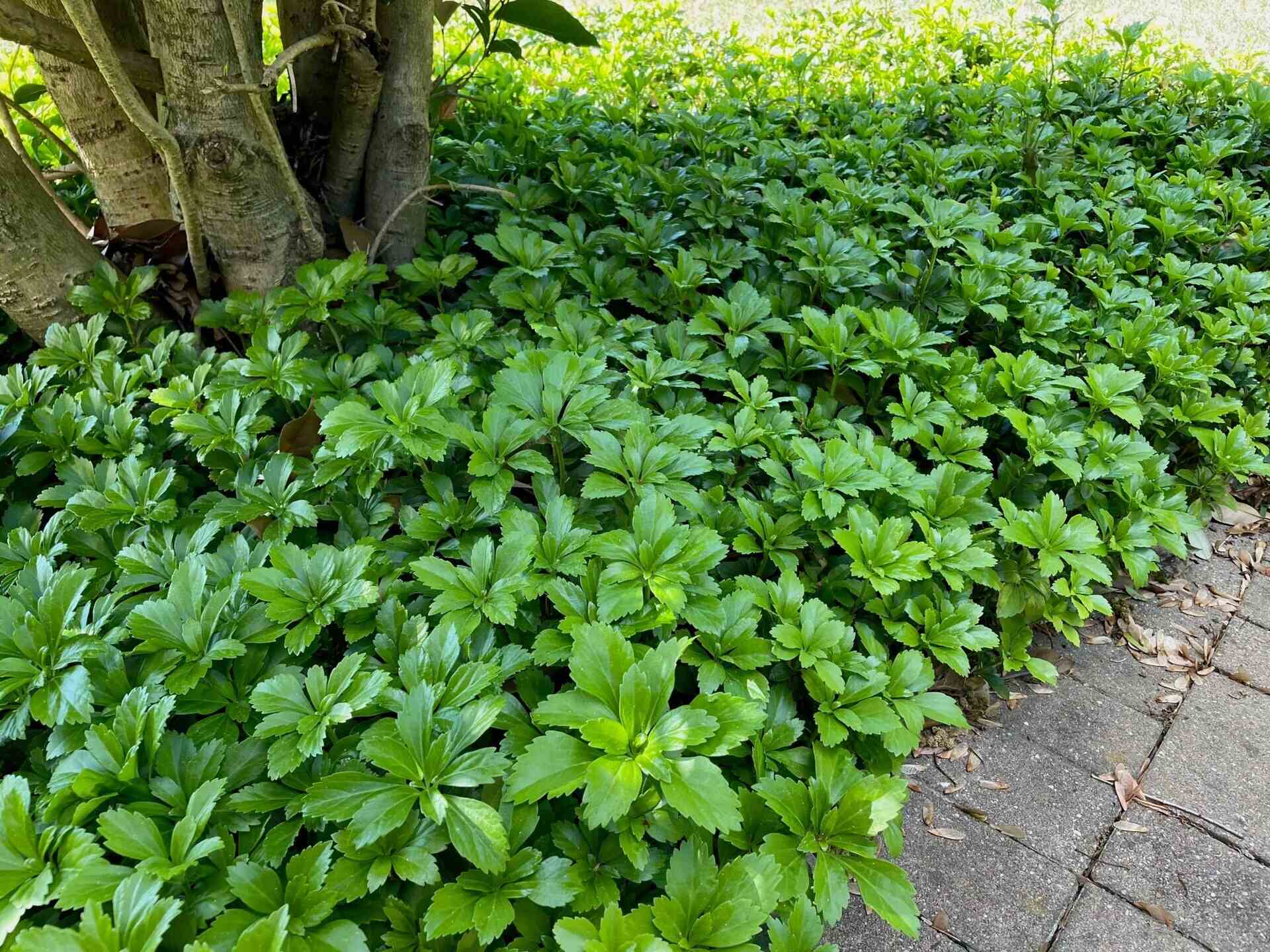
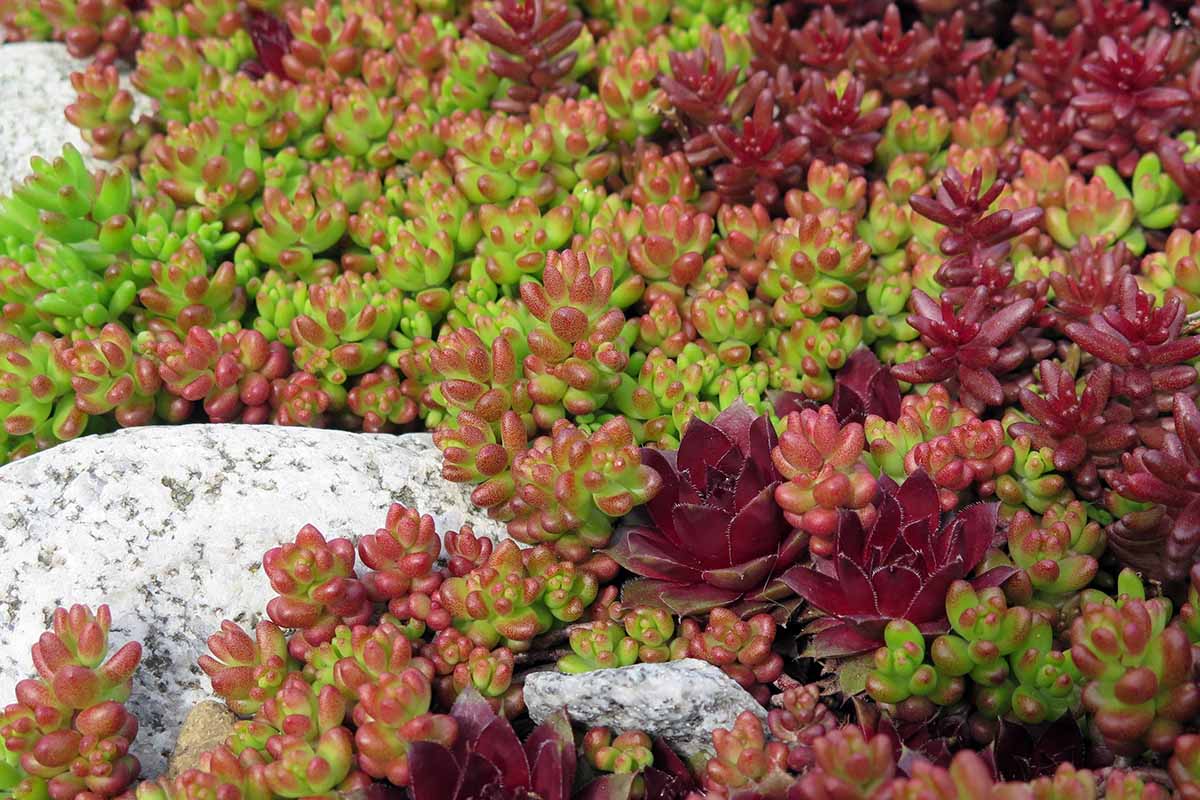
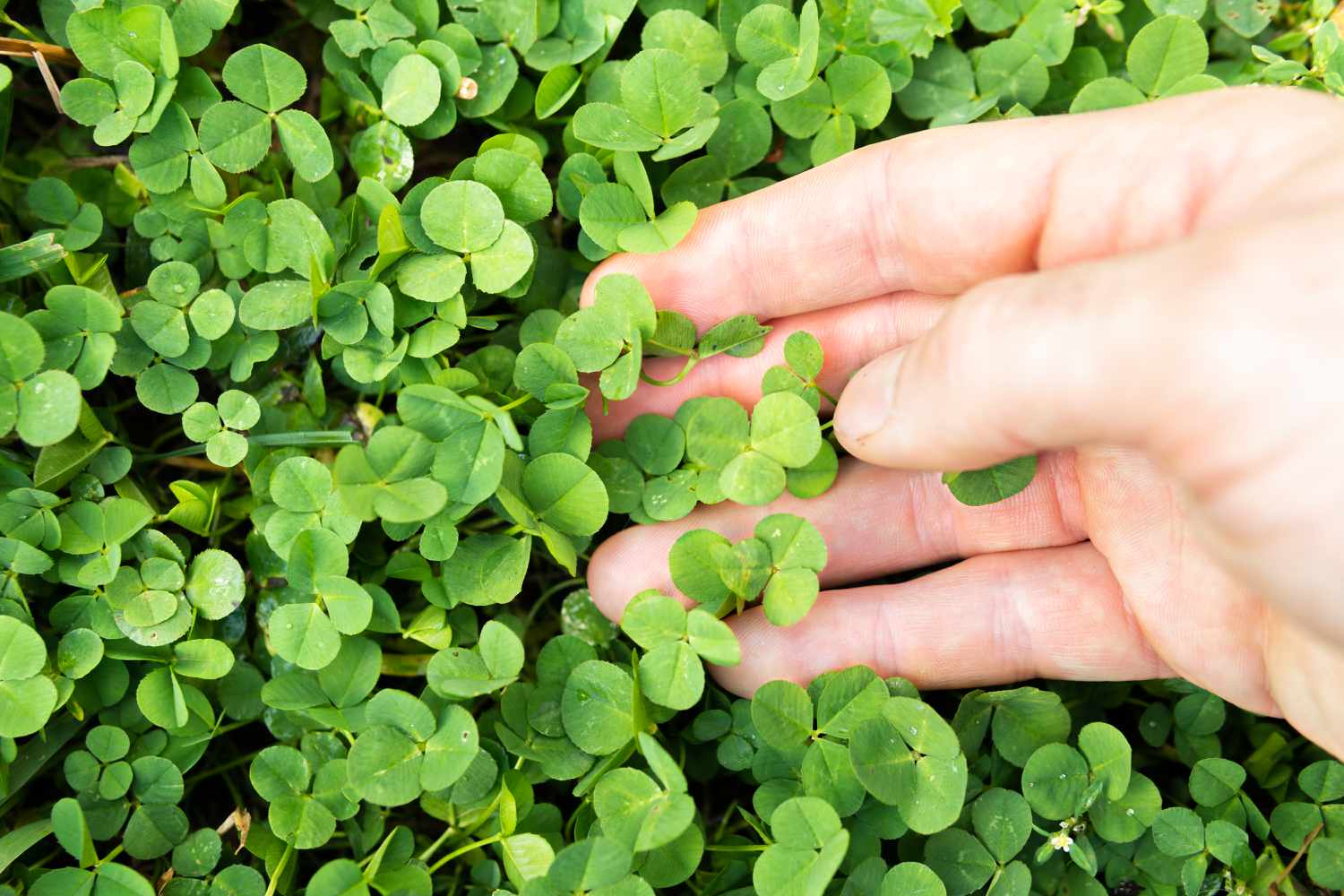
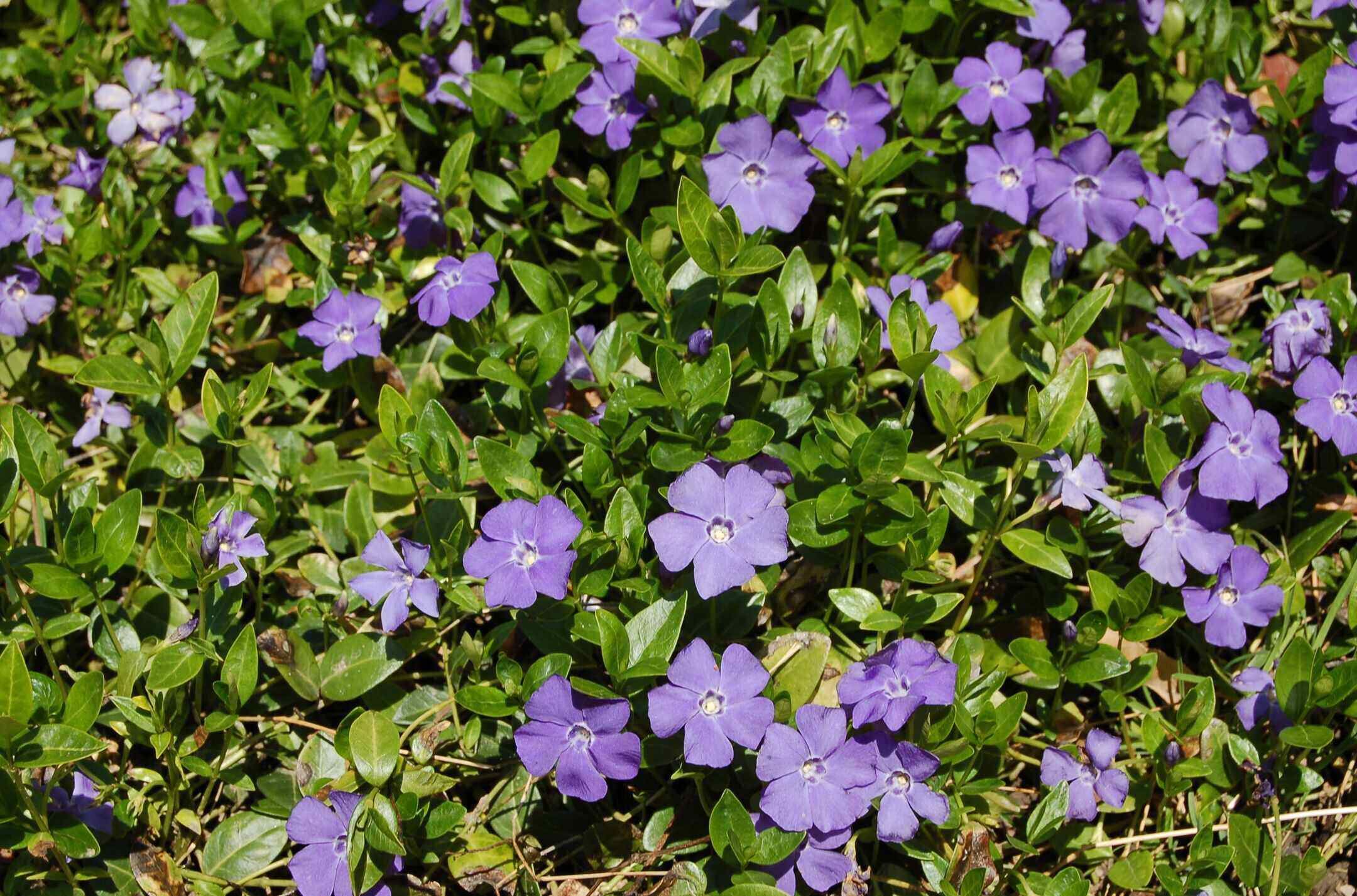
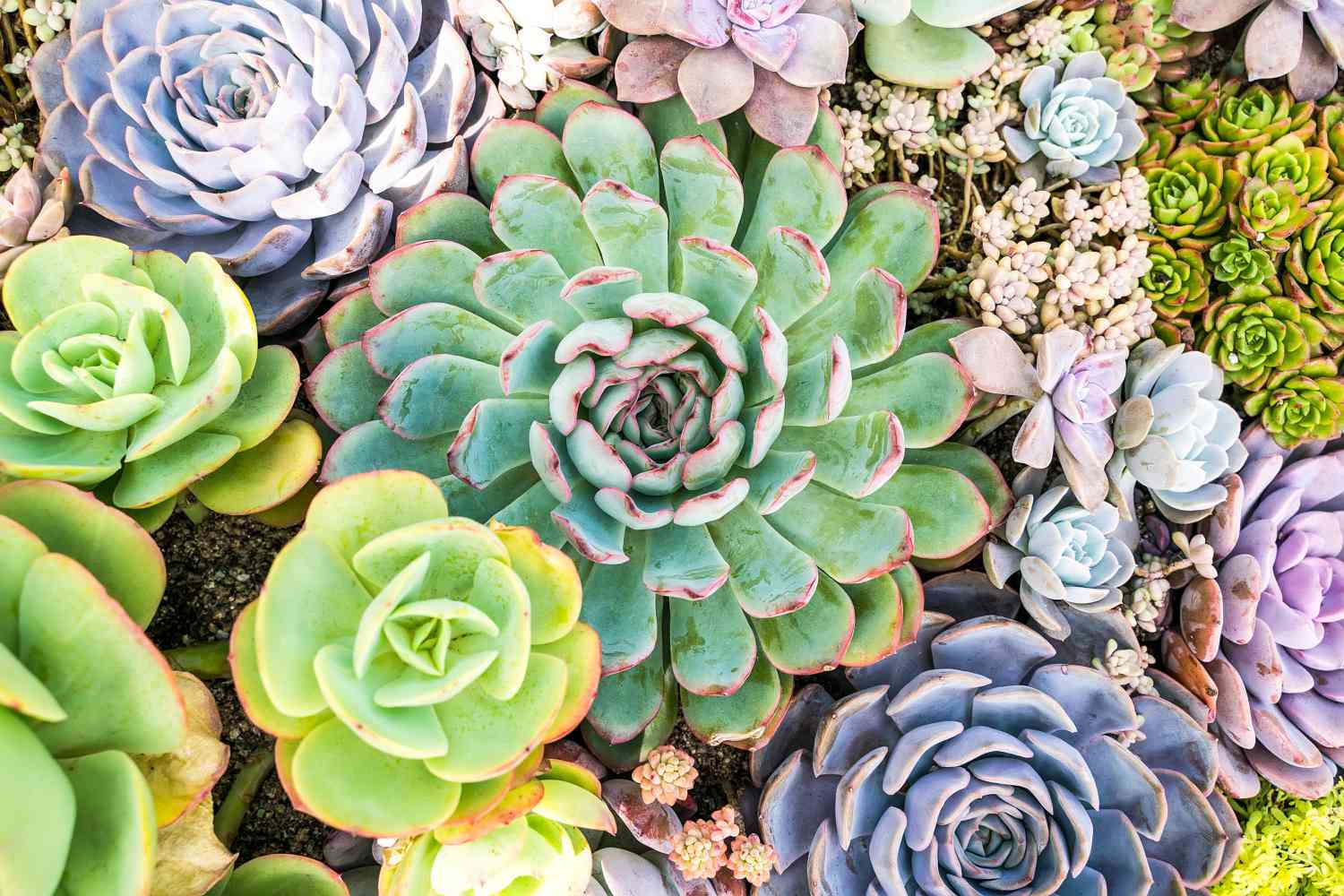
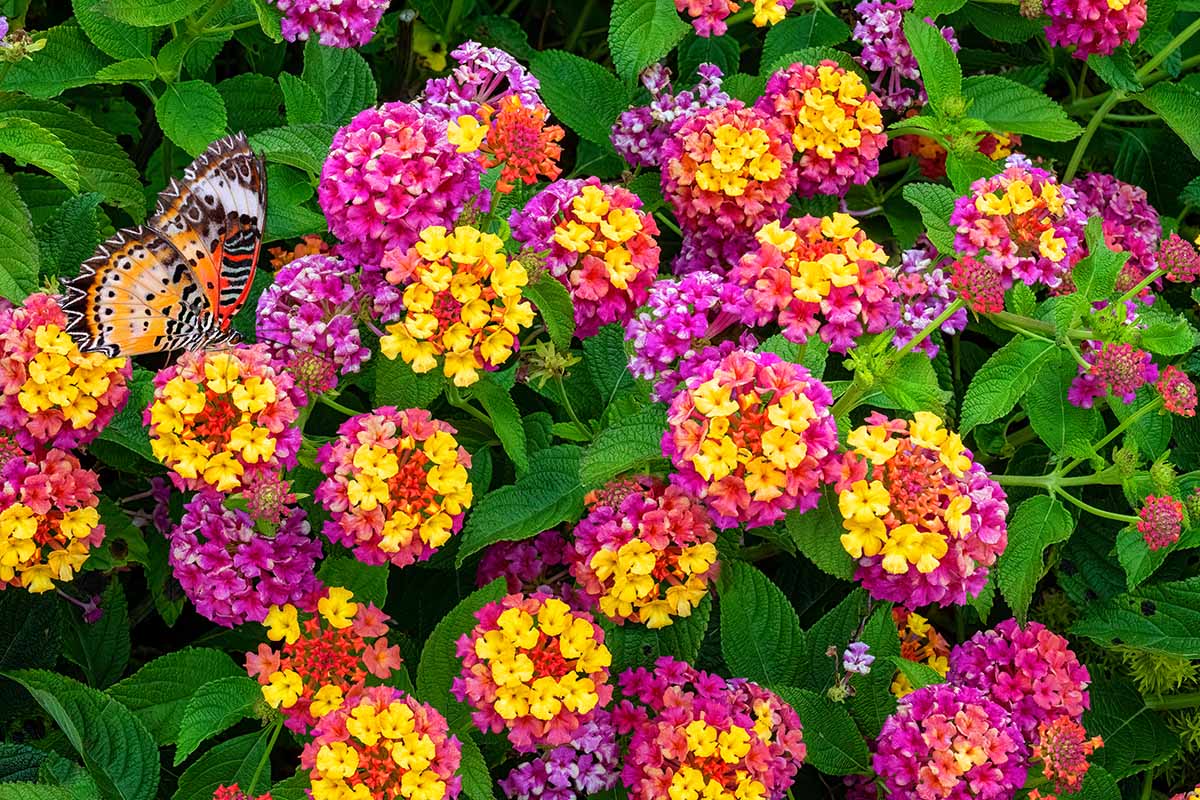
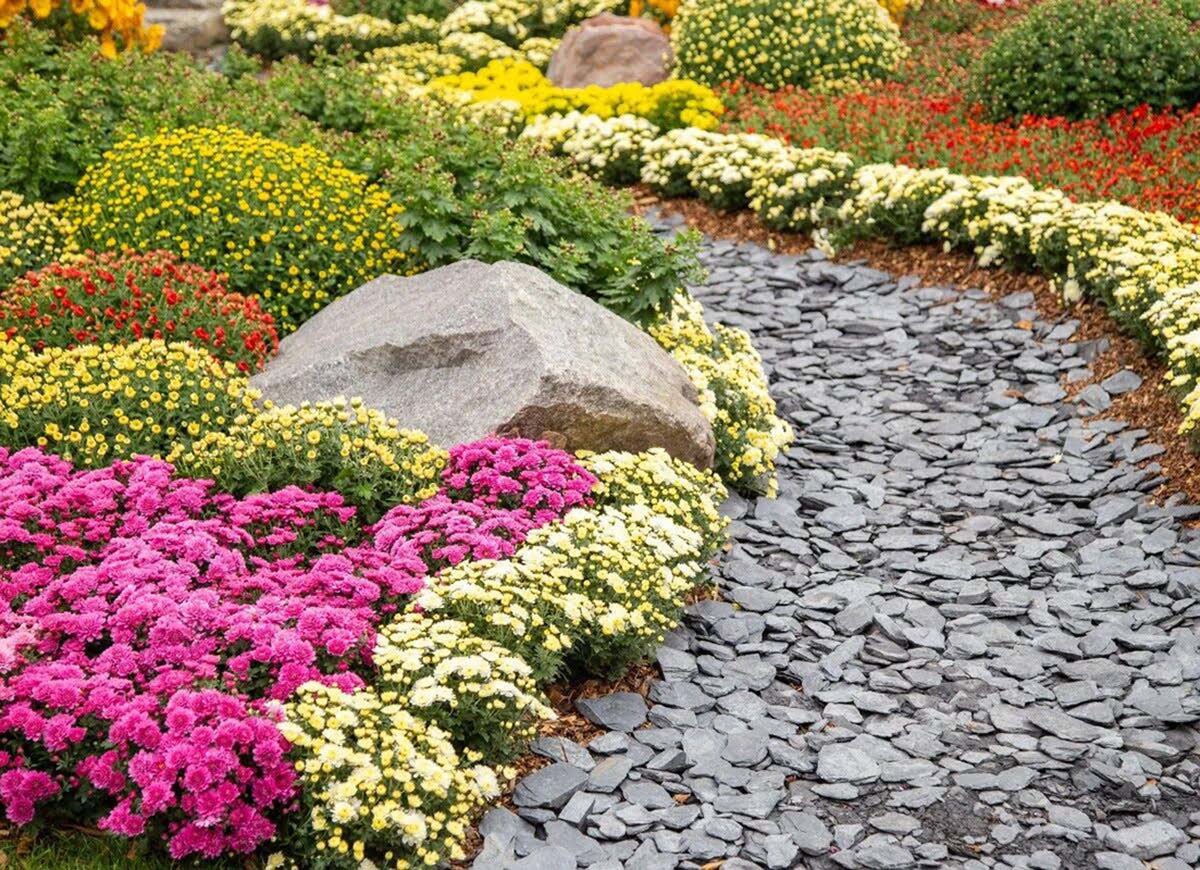
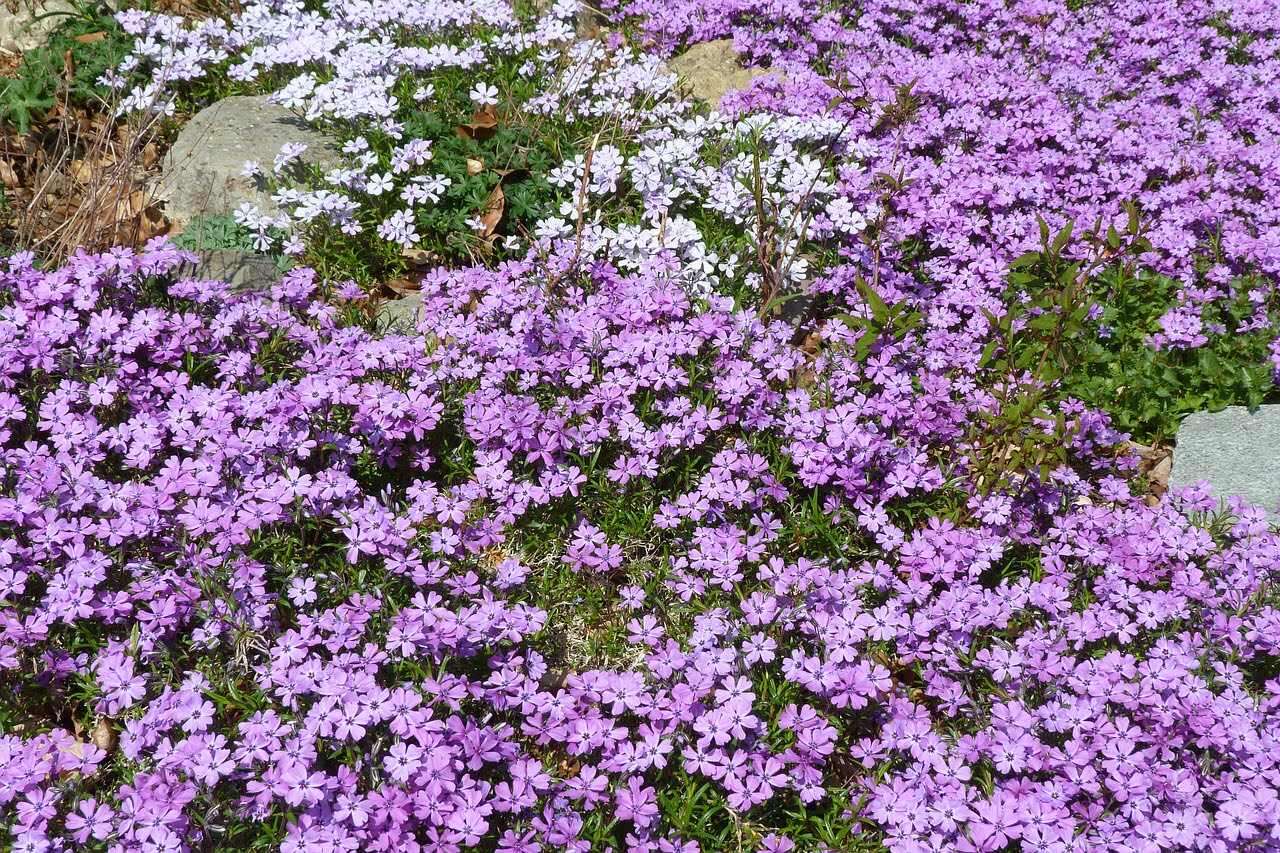
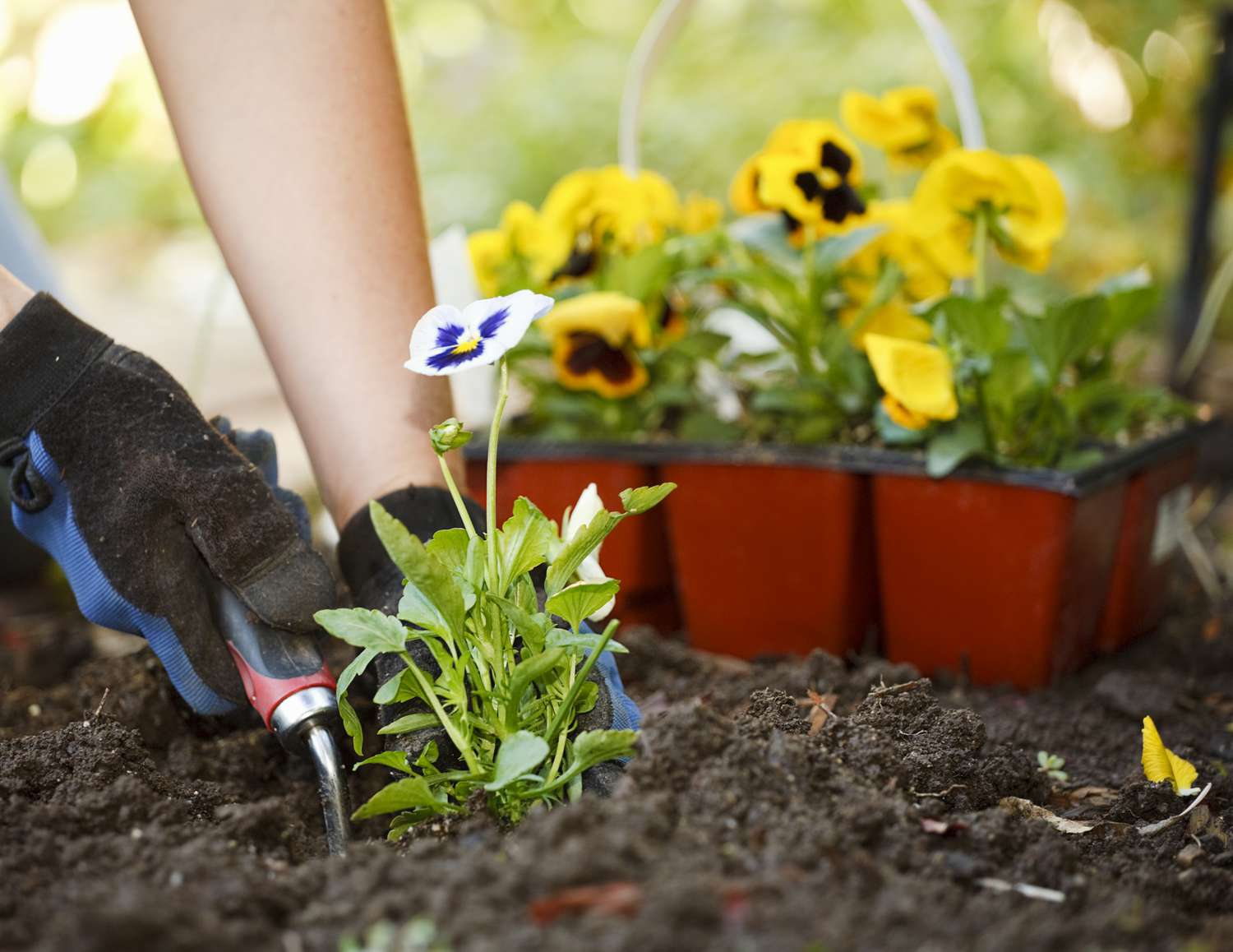
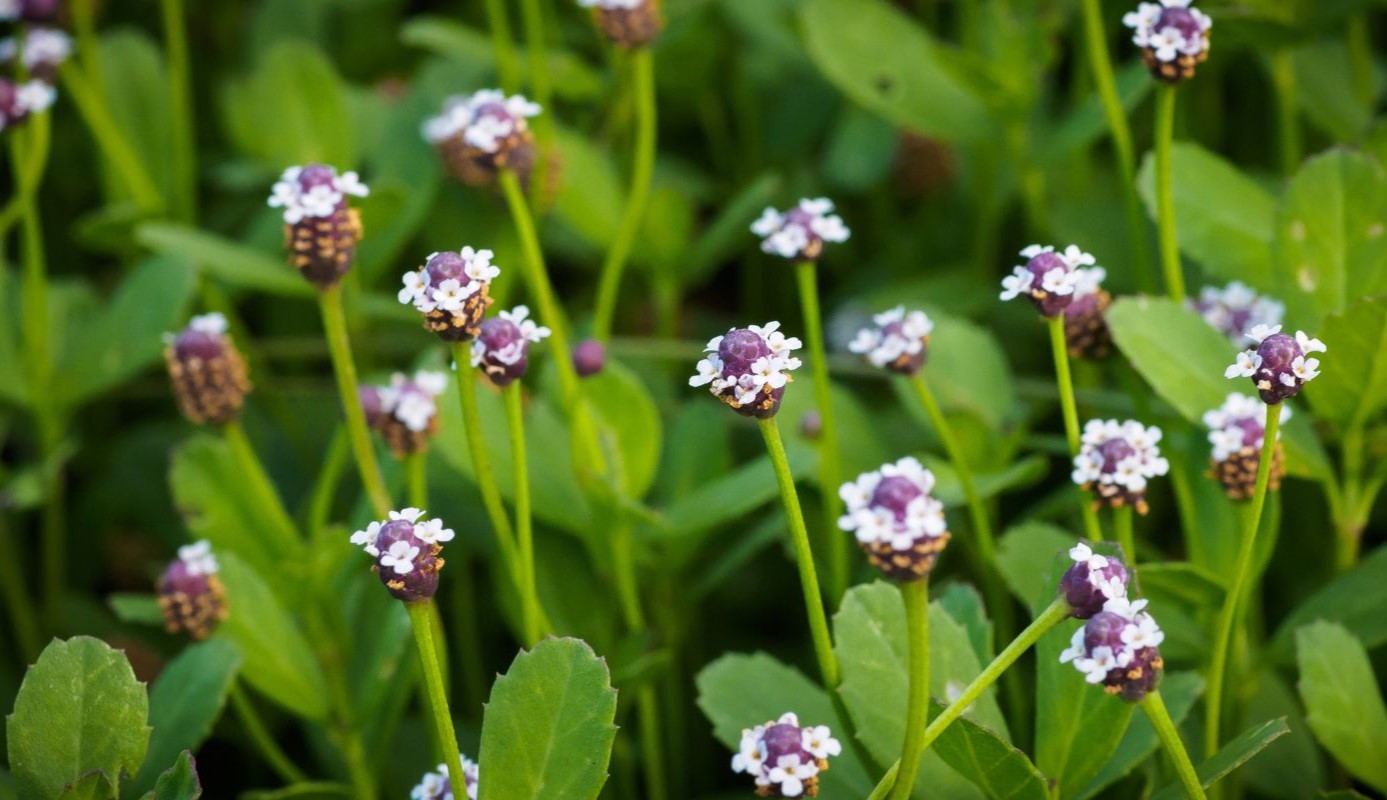

0 thoughts on “What To Plant For Ground Cover Under Trees”